The Crossbones Park in Sandomierz - between history and legend
Did I mention I love Sandomierz? Many times :) Today we return to this beautiful royal town located on the Vistula River, about 160 km from Krakow.
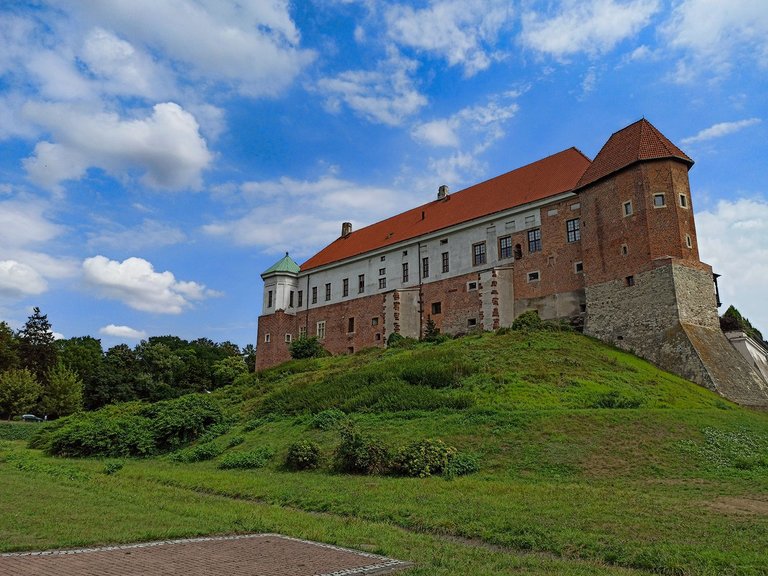
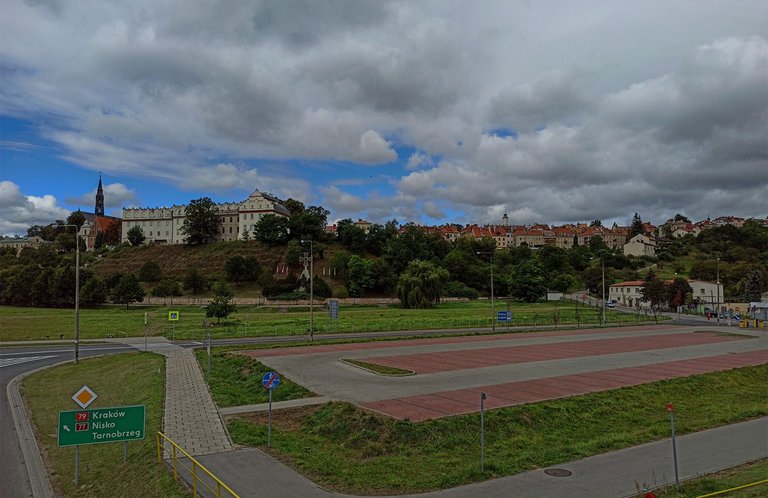
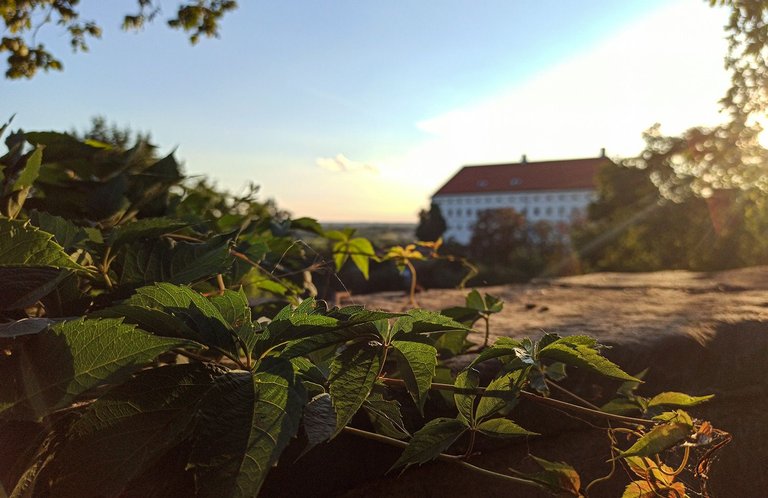
I have already written a little about its history, architecture and interesting places. Now I want to tell you about the city's natural attractions, like loess ravines, which were created by washing the loess rock with water. You can find them quite close to the center of a city, just a few minutes walk from the royal castle.
The most spectacular is the Ravine of Queen Jadwiga - deep and narrow, decorated with a tangle of roots.
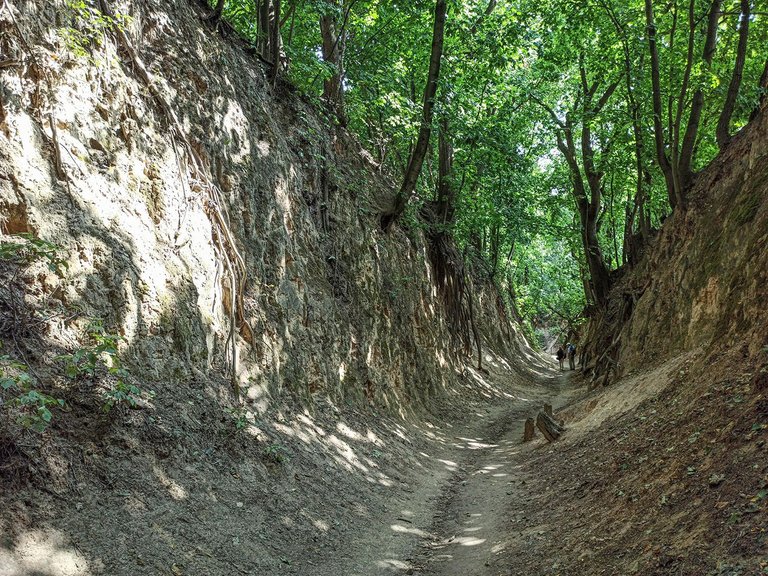
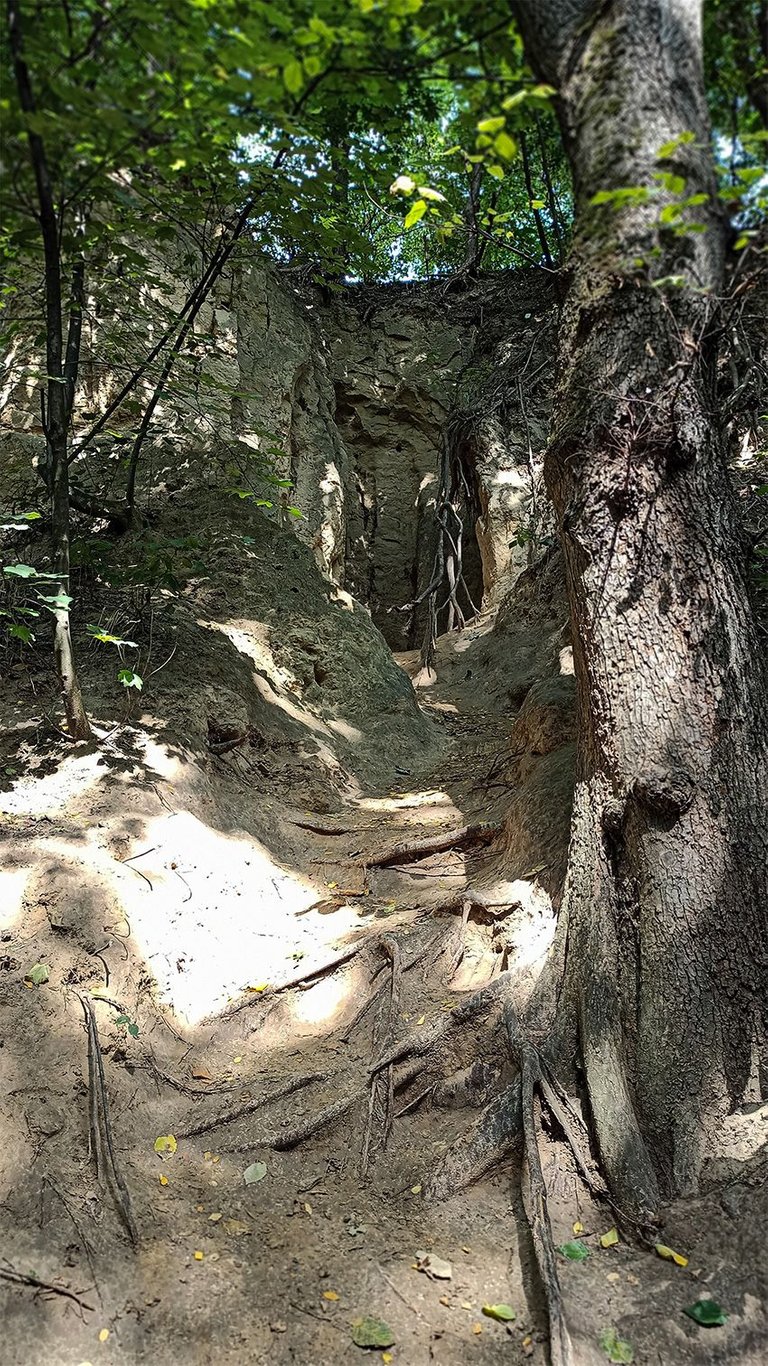
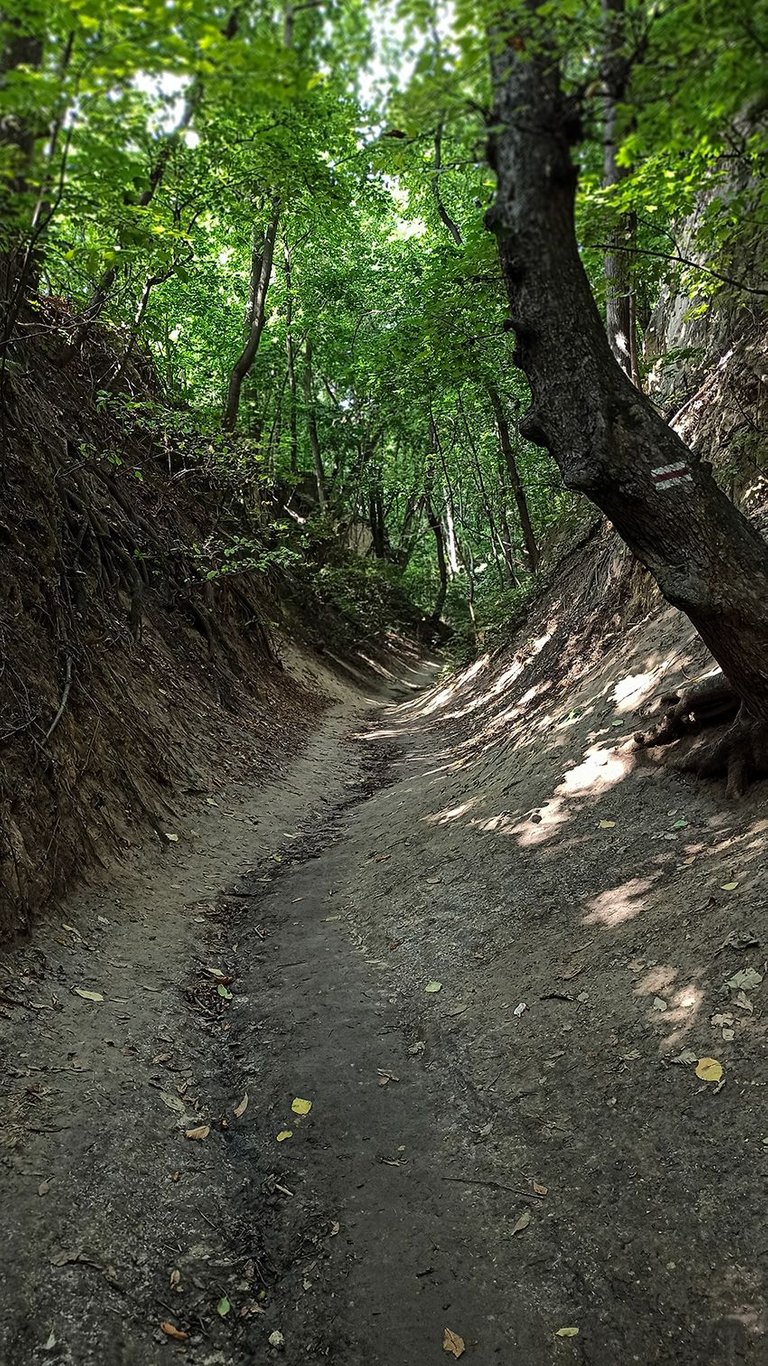
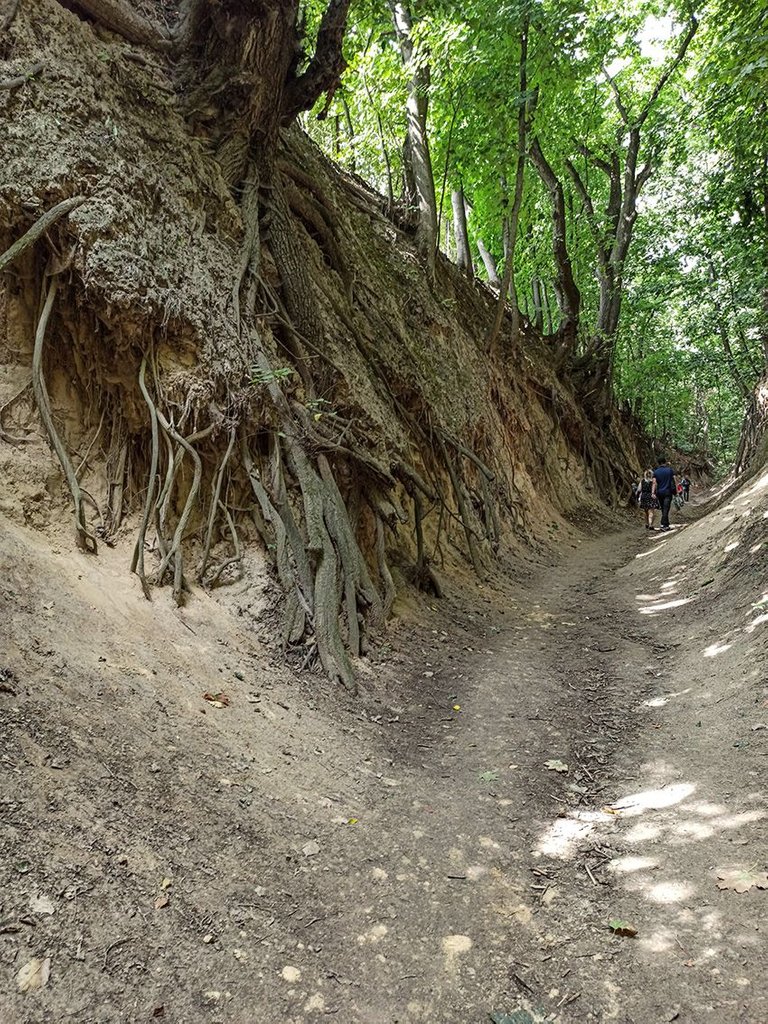
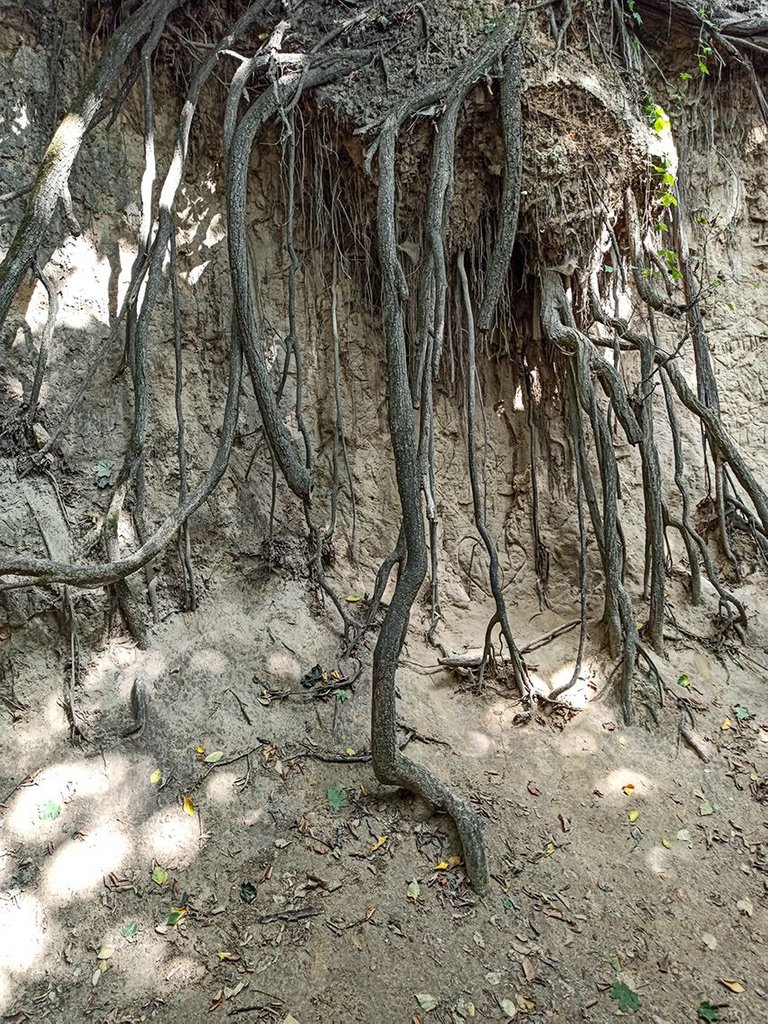
Although Queen Jadwiga lived a short life (she died in 1399, at 25), she remained the beloved Polish queen forever. She was known for her piety and kindness. Apparently, she liked to visit Sandomierz and pray in the nearby church of St. James (shown in the photo below).
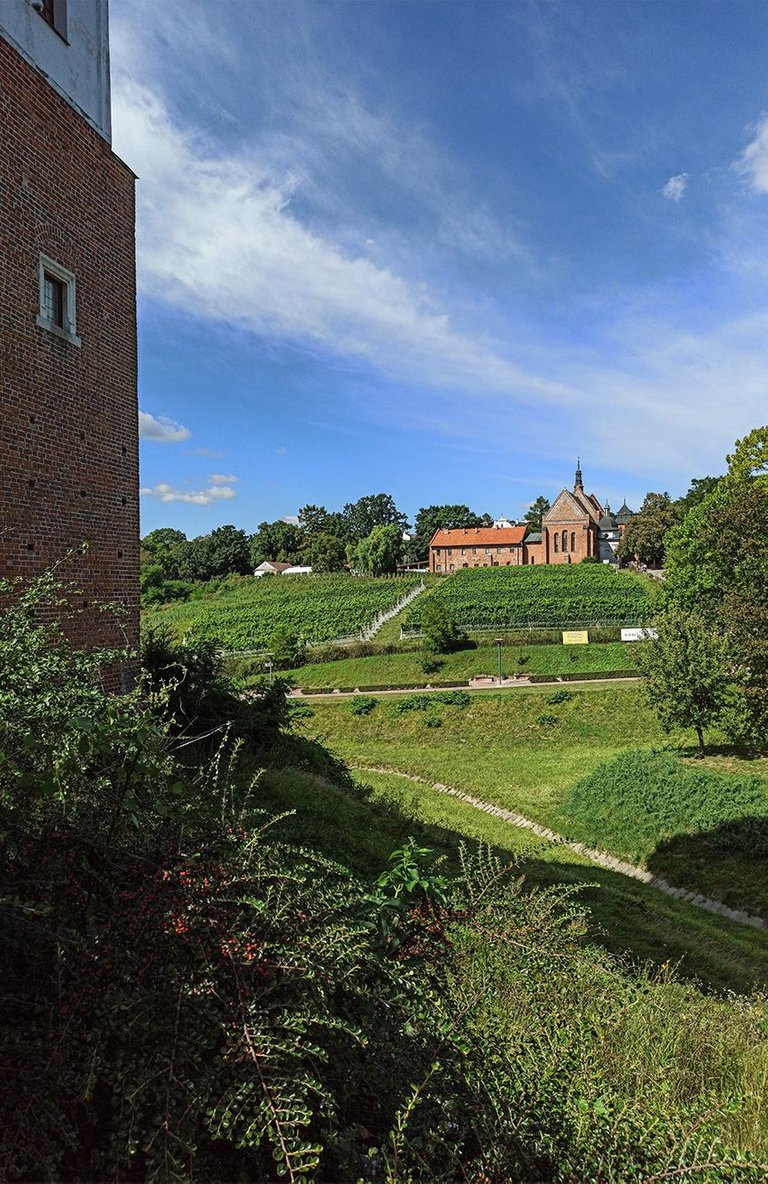
The church was built by the Dominicans who settled on the hill in the 13th century. They also established a vineyard, considered the oldest in Poland. It was not a coincidence - in the vicinity of Sandomierz, there was (and still is) a favorable microclimate for cultivating vines. St. Jakub Hill is my favorite place in Sandomierz. It offers an idyllic view of the city and the royal castle; you can relax in a small cafe, try Dominican wine, and visit the church and vineyard under the guidance of a monk.
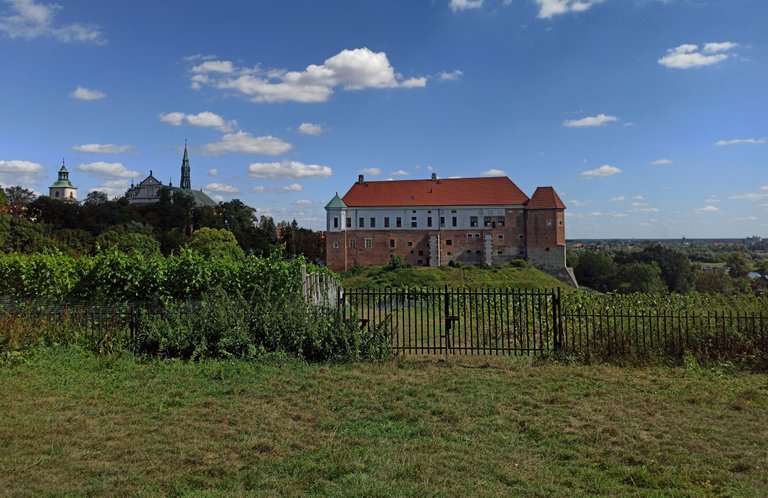
Thus, one of the hill's ravines was named after the Polish queen; the other has a more creepy history.
The Crossbone Ravine doesn't look as impressive as the Ravine of Queen Jadwiga because it has been "civilized" and transformed into a park, but both the name and the history associated with it stimulate the imagination.
Sandomierz, as an important trade center, survived many Tatar invasions in the thirteenth and fourteenth centuries. Thousands of inhabitants died, as well as the invaders themselves. There were not enough places in the cemeteries, so their bodies were buried in the gorge. Over the centuries, animals often dug up the bones and left them around the city. Some landslides also revealed mass graves. Hence the name of the ravine - crossbones. One of the most famous legends of Sandomierz explains that a bit differently. According to it, during one of the Tatar invasions, the local noblewoman tricked the invaders into the undergrounds of Sandomierz. The entrance was in the gorge. Then the inhabitants blocked the door, burying the enemy and the heroic girl alive.
Both versions give you goosebumps.
Today, a large park has been arranged in the gorge, and only the name remains after its terrible history.
Crossbones Park - entrance
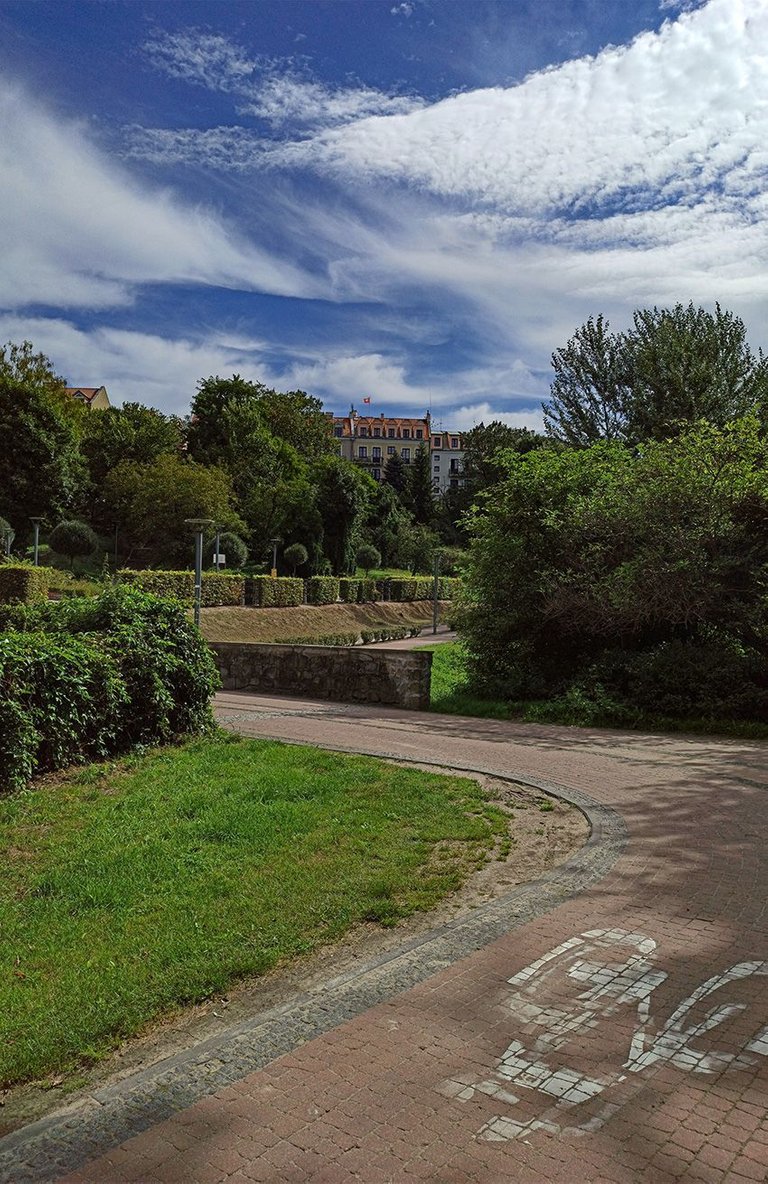
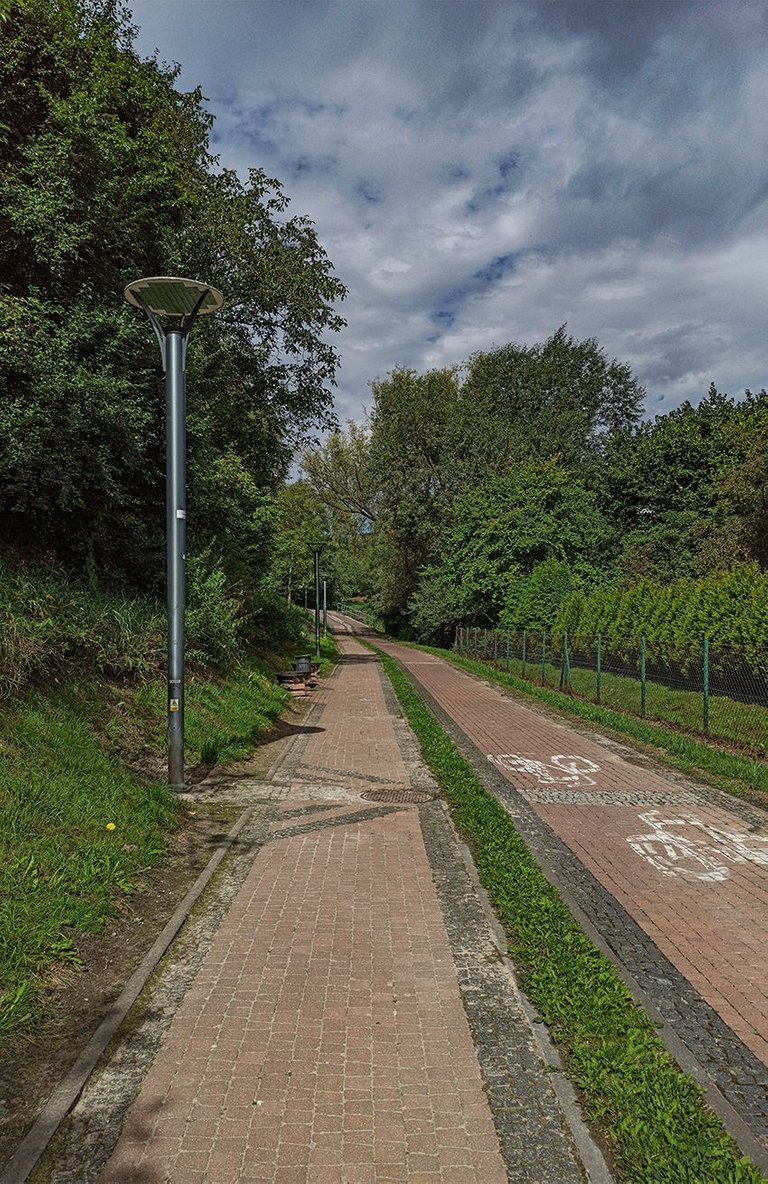
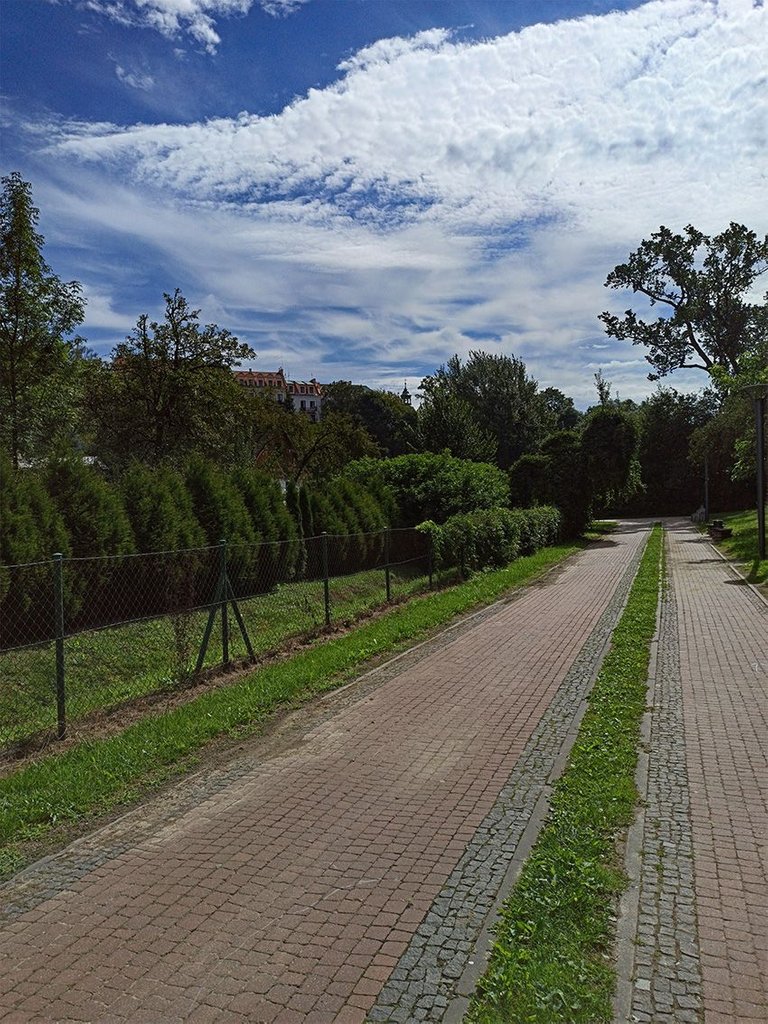
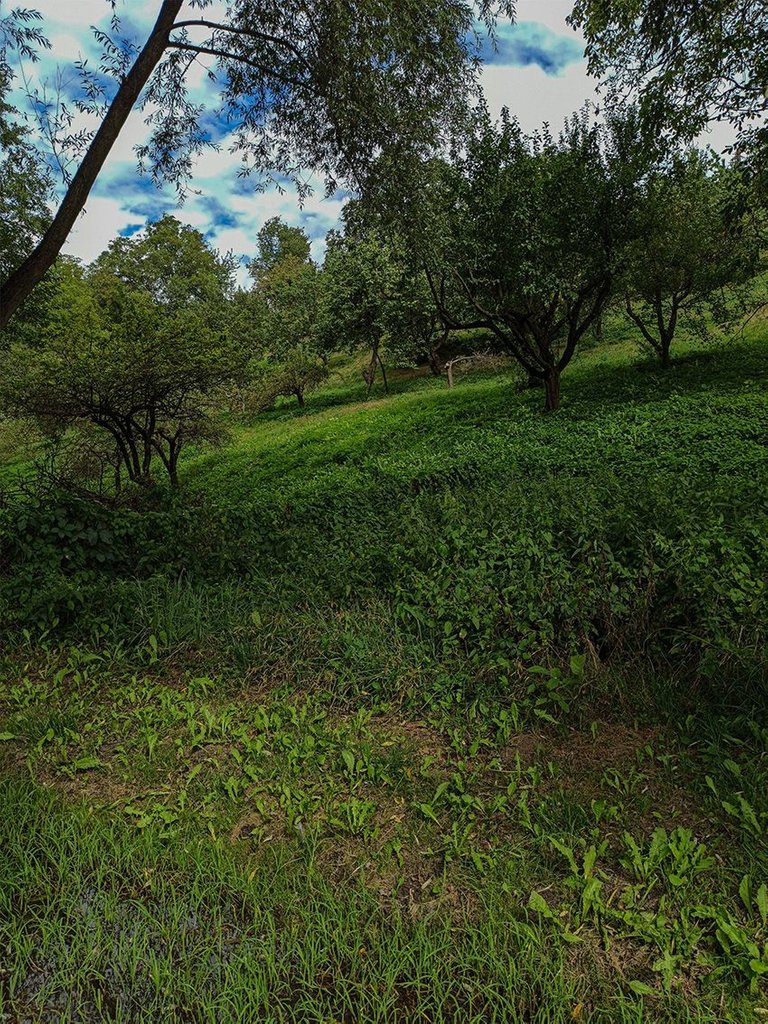
The Piszczelówka spring flows out of the ravine - now it is a small, lazy stream, but it used to be an important source of drinking water. Crossbones is "piszczele" in Polish, so the stream's name also refers to the bones.
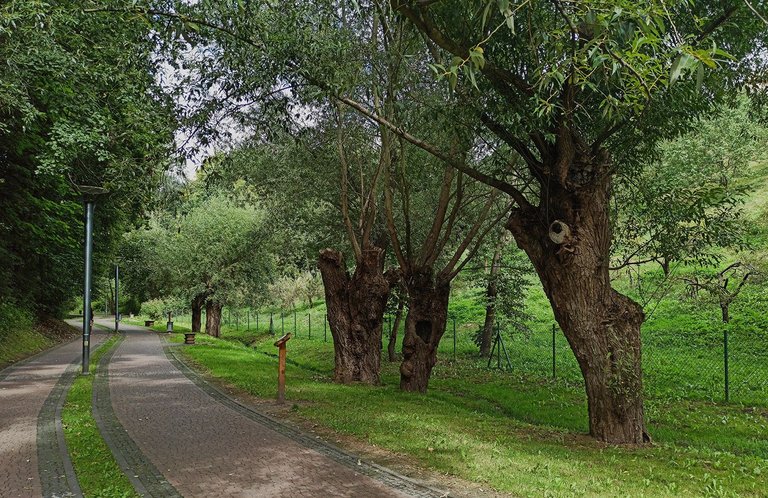
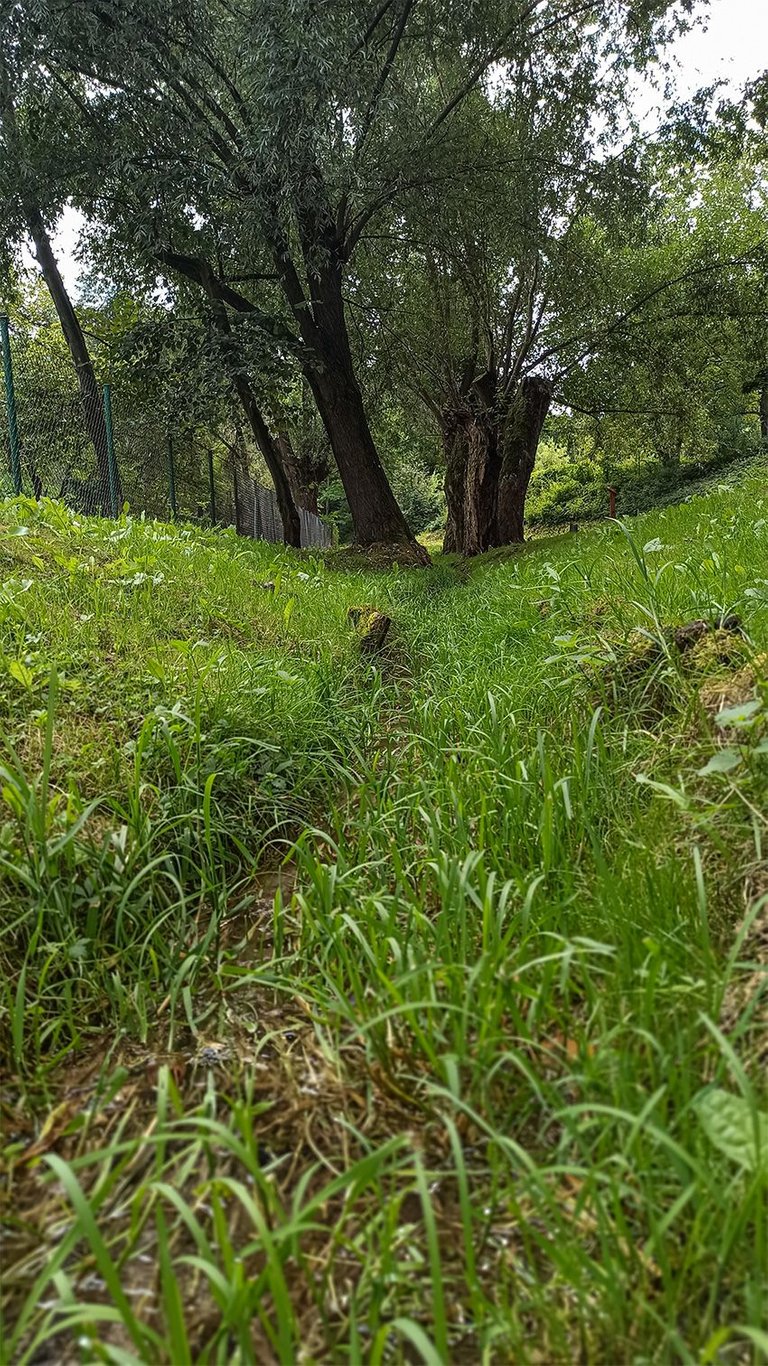
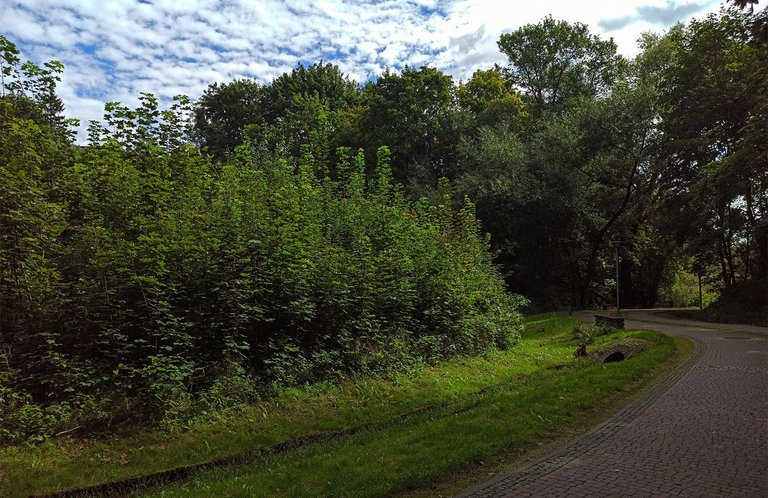

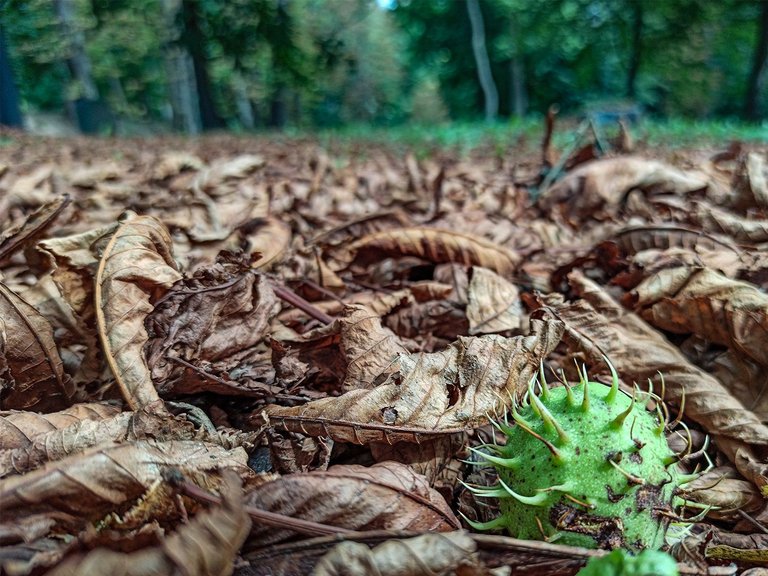
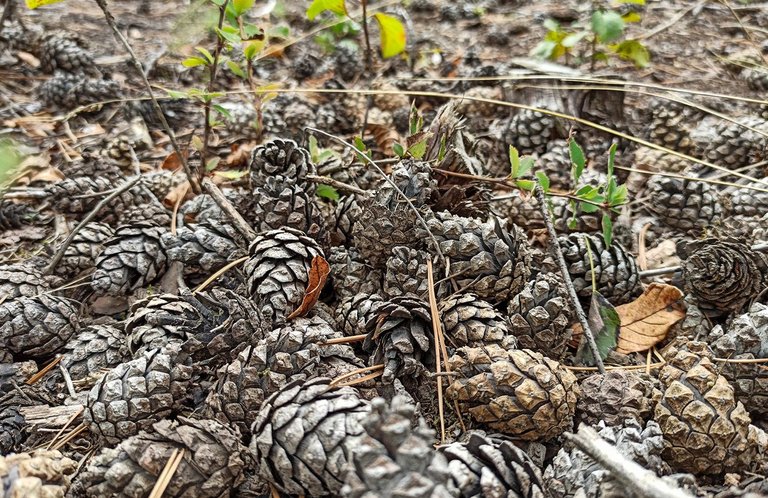
Although this place has been "civilized," in some areas, you can still see the face of the former ravine. I found myself looking for human bones between tangled roots 😓
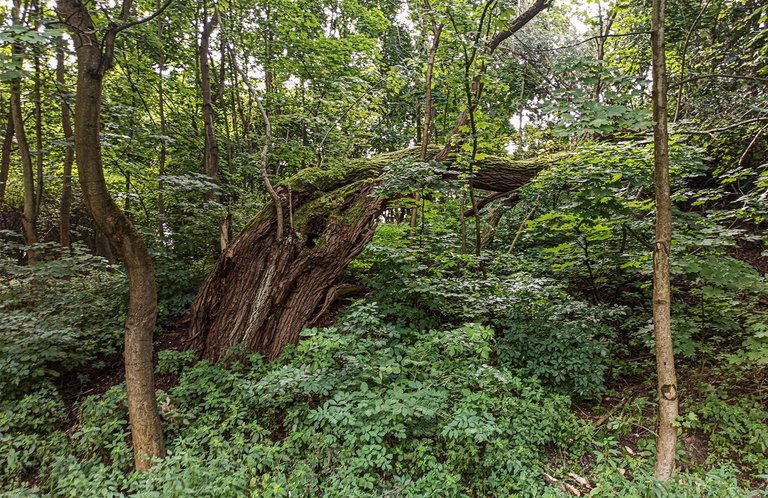
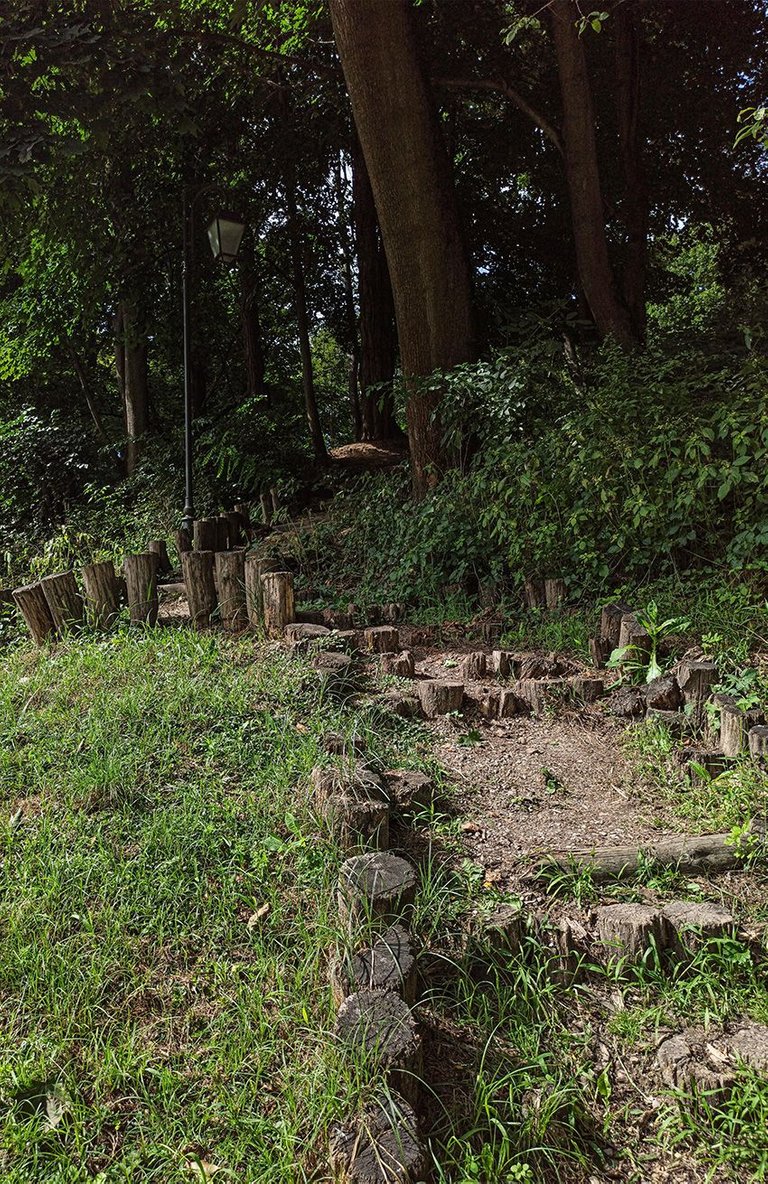
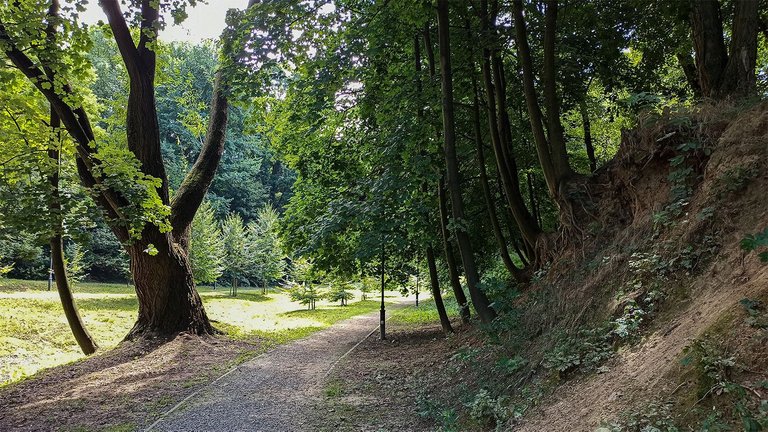
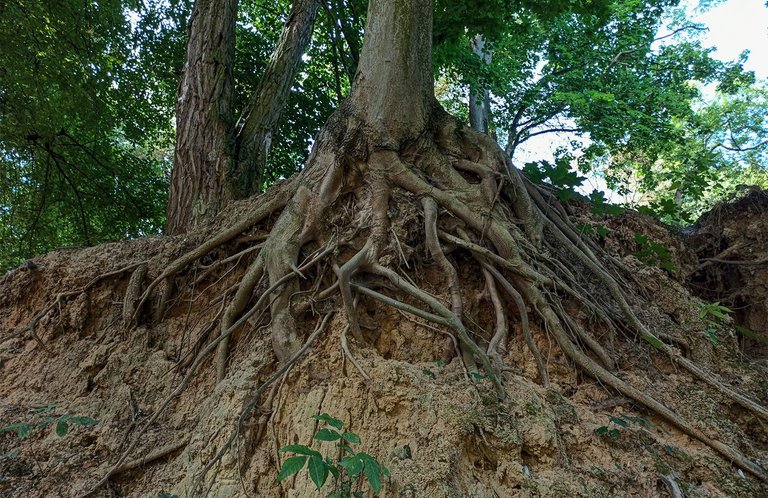
I mentioned the underground of Sandomierz - it is a separate, fascinating story dating back to the 13th century, finished with a dramatic epilogue that took place at the turn of the 1960s and 1970s. I'm sure someday I will come back to it.
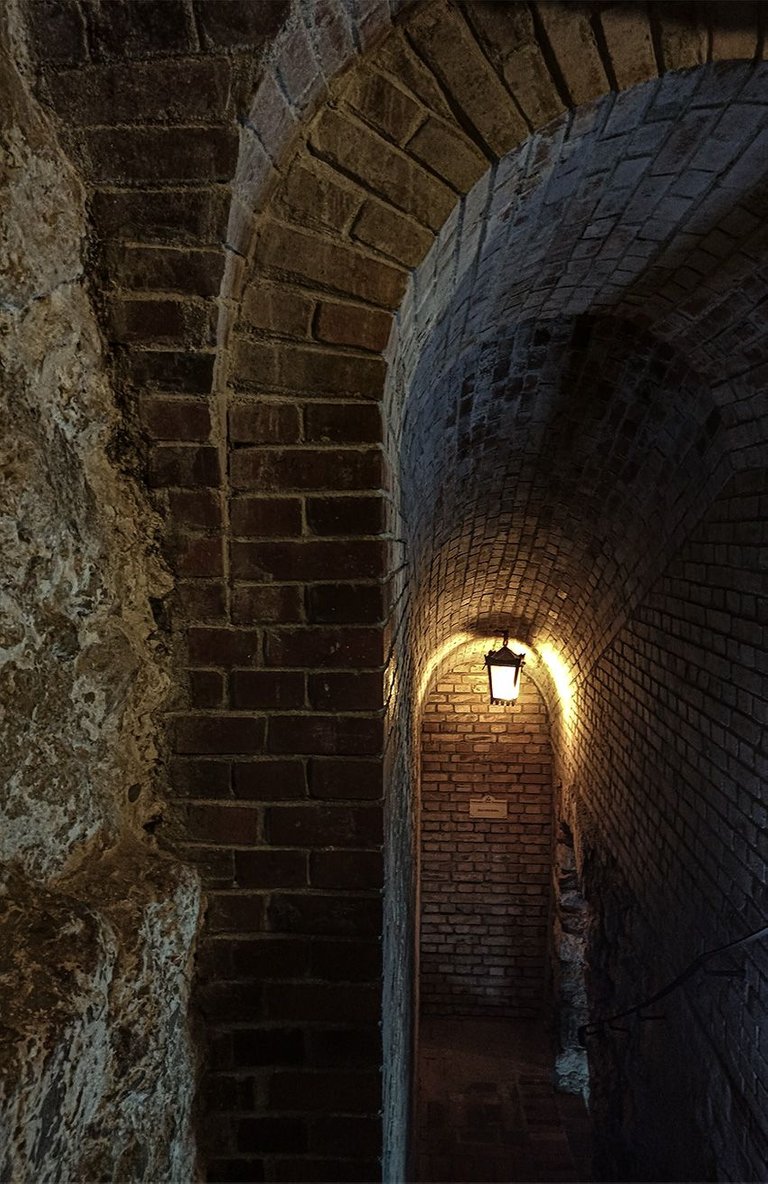


Congratulations, your post has been added to Pinmapple! 🎉🥳🍍
Did you know you have your own profile map?
And every post has their own map too!
Want to have your post on the map too?
Hiya, @ybanezkim26 here, just swinging by to let you know that this post made it into our Honorable Mentions in Daily Travel Digest #1655.
Your post has been manually curated by the @pinmapple team. If you like what we're doing, please drop by to check out all the rest of today's great posts and consider supporting other authors like yourself and us so we can keep the project going!
Become part of our travel community: